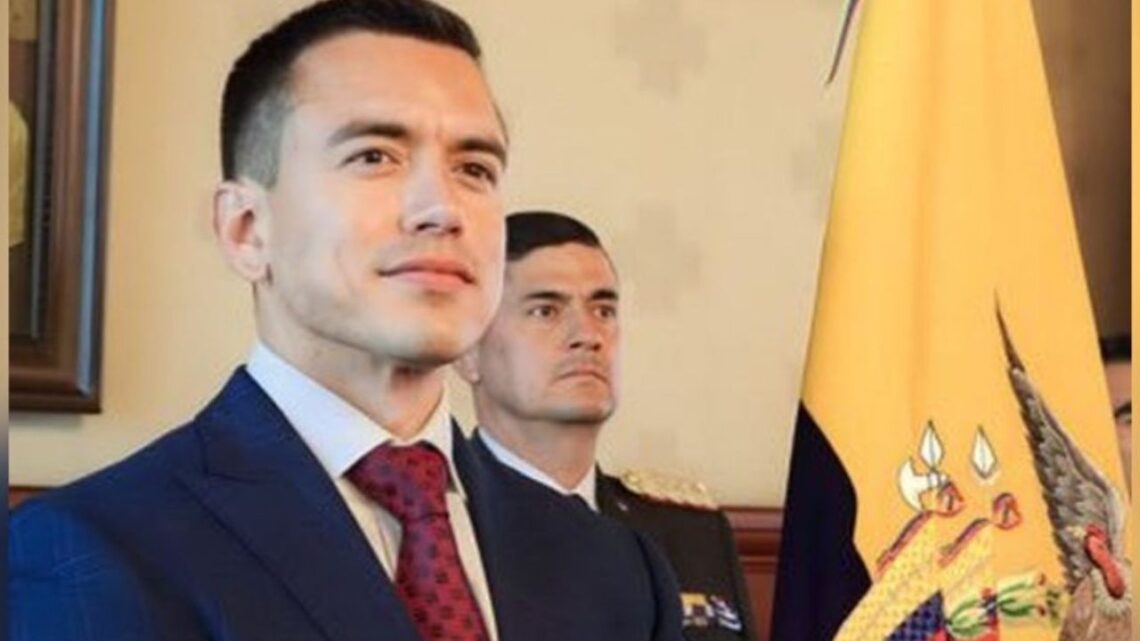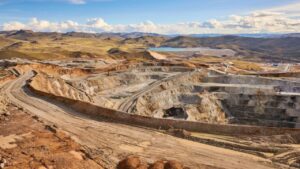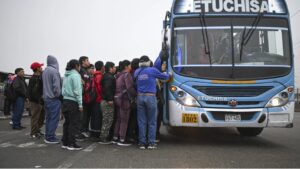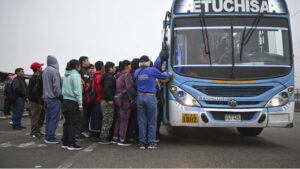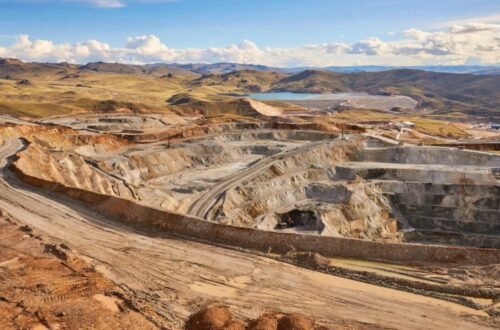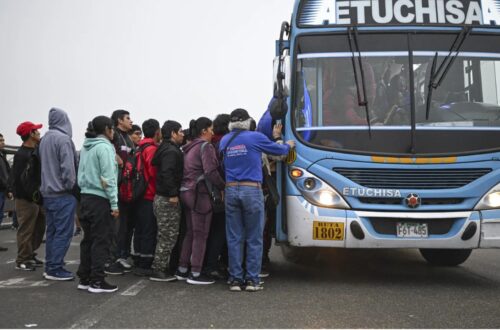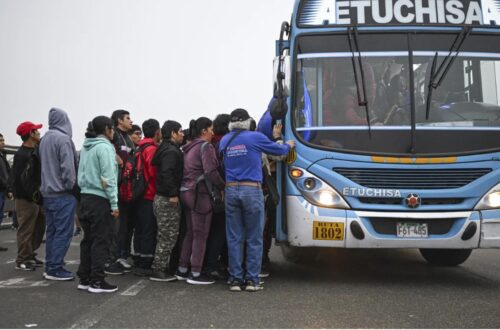Ecuador’s political situation turned tense this week when President Daniel Noboa’s convoy was attacked by protesters. The violent incident has created new worries among investors, leading to a fall in the country’s dollar bonds.
The attack happened just weeks after Noboa’s government decided to end a long-standing diesel subsidy, a move that sparked nationwide anger.
What Happened During the Attack
The attack took place in Cañar province, located north of Cuenca, Ecuador’s third-largest city. According to reports from the president’s office, protesters threw rocks at his black SUV, and there may have been gunfire during the incident. Thankfully, President Noboa was not injured.
The area has been a hotspot for demonstrations ever since the government cut the diesel subsidy, which previously cost the nation about $1.4 billion each year.
Government Reaction
After the attack, Noboa’s office made a strong statement on social media, saying the government “won’t bow to pressure.” Officials added that the president will continue to visit “every corner of the country.”
Authorities arrested five people linked to the ambush, who are now set to appear in court in Cuenca. Defense Minister Gian Carlo Loffredo called the assault a “clear assassination attempt” and “an act of terrorism.”
Ecuador’s Bonds Take a Hit
The incident shook investor confidence. Ecuador’s sovereign bonds — which had been performing well — dropped sharply after the attack.
Here’s a quick look at the bond data:
| Bond Type | Due Year | Price per Dollar | Change |
|---|---|---|---|
| Sovereign Notes | 2040 | 64.5 cents | ↓ Nearly 1 cent |
This decline shows how political instability can directly impact a nation’s financial markets.
Protesters Deny Assassination Attempt
The Indigenous organization Conaie, which has been leading the protests, denied that the incident was an assassination attempt. Instead, it blamed Noboa’s government for entering what they called a “zone of resistance.”
Conaie accused the administration of relying on armed forces instead of dialogue. The group also demanded an independent investigation, claiming that some detained protesters were mistreated. They added that “justice cannot be decided on social media.”
Neighboring countries Colombia and Peru have both condemned the attack and expressed support for Ecuador’s stability.
Background of the Fuel Subsidy Controversy
The current protests began when Noboa ended Ecuador’s diesel subsidy last month. The decision caused fuel prices to rise by more than 50%, affecting transport and agriculture costs nationwide.
The government tried to soften the impact by announcing social support measures worth about $1 billion, including a freeze on bus fares. However, these steps failed to calm public anger.
Previous governments also tried to cut the subsidy — in 2019 and 2022 — but both attempts led to even larger protests.
Expanding Emergency Measures
After fresh threats from Conaie to take protests to the capital Quito, Noboa extended states of emergency to 10 out of 24 provinces. He also declared a four-day weekend starting October 11, hoping to reduce street tensions.
So far, at least 110 protesters have been arrested, and one person has died, reportedly due to gunfire from soldiers. The Interior Ministry has promised a full, independent investigation into the death.
Ecuador is once again facing political unrest tied to fuel price reforms. While President Noboa says he will stand firm, the violent clashes show deep social and economic divisions in the country. For now, investors remain cautious as Ecuador struggles to balance economic reform with public anger.

